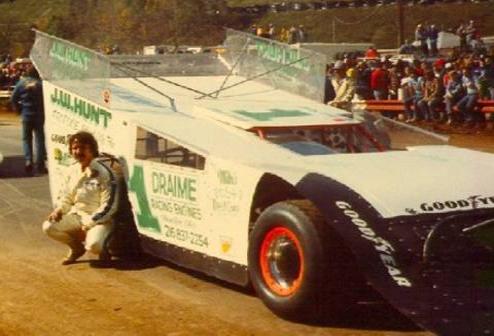LewTheShoe
Seeking Skill-based Meritocracy... More HP Less DF
- Joined
- Apr 21, 2016
- Messages
- 4,702
- Points
- 593
I'm interested to understand more about similarities and differences between dirt late models and modifieds, other than the obvious bodywork distinctions. I'm thinking upper level racing series... say Lucas Oil or WOO late models as compared to DIRTcar big block modifieds or something similar. At the upper levels, I think the engines are pretty similar...?
One question I'm really curious about... If you follow the evolution of dirt modifieds and late models back to the post WWII era, do you find that they both directly descended from the same thing... street cars that typically had fenders/running boards removed, until Detroit design/styling advanced to integrated fenders post WWII? Any thoughts on this theory of dirt track evolution?
I recall the summer of 1971, when I worked a summer internship in Harrisburg, Pa. Sprint cars were king, but the modified racing scene was very vibrant and was the headline series at some tracks. I recall a popular bumper sticker: "RACING IS -- Modifieds On A Dirt Half Mile"
One question I'm really curious about... If you follow the evolution of dirt modifieds and late models back to the post WWII era, do you find that they both directly descended from the same thing... street cars that typically had fenders/running boards removed, until Detroit design/styling advanced to integrated fenders post WWII? Any thoughts on this theory of dirt track evolution?
I recall the summer of 1971, when I worked a summer internship in Harrisburg, Pa. Sprint cars were king, but the modified racing scene was very vibrant and was the headline series at some tracks. I recall a popular bumper sticker: "RACING IS -- Modifieds On A Dirt Half Mile"


